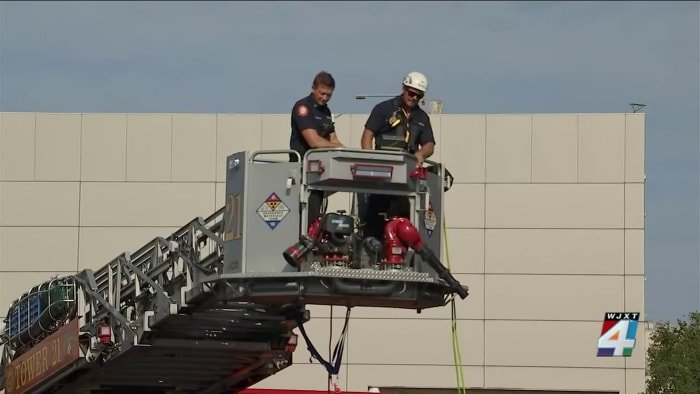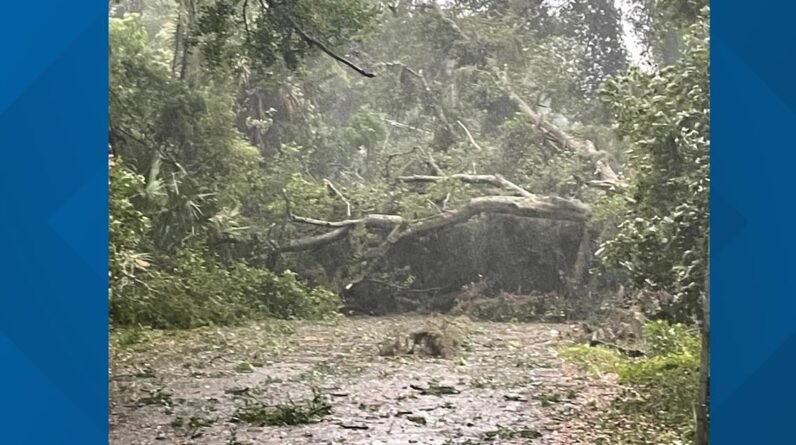
JACKSONVILLE, Fla. – On Monday, Jacksonville’s Sheriff T.K. Waters claimed that a video shared on social media misrepresented the facts surrounding the arrest of a suspect that went viral over the weekend and was altered.
Waters said the video that showed part of the arrest of suspect Le’Keian Woods, seen below, was intentionally manipulated before it was posted on Instagram. The video resulted in outrage and protests.
News4JAX spoke with a computer expert who said it’s becoming easier and easier to manipulate and mislead the public with images and video, but there are things people can do to try to determine what’s real and what’s not.
Waters said a portion of the video posted on Instagram showing the violent arrest of Woods was reversed to make it look like a JSO Gang Unit Officer had just kicked Woods in the face. Waters said the full unedited body camera video contradicts what really happened that day.
Body-worn camera footage released following the arrest and an unedited version of the cellphone camera footage on social media seen by News4JAX definitively indicates that this detective never kicked a handcuffed Woods.
“The intentional distribution of manipulated video is shocking, unacceptable, and frankly, immoral,” Waters said.
The initial social media post sparked outrage online after images of Woods surfaced with swollen eyes and a bloody face. While the Sheriff acknowledges his officers used aggressive force to detain Woods, police said the depicted kick didn’t take place. Despite that, Woods lawyers said Tuesday that what the officers used on Woods was “deadly force,” in a situation where, after Woods had been tasered, there was no justification for any force.
News4JAX asked one computer expert just how often online images are manipulated.
“I’d say in today’s day and age, I believe half of what I actually see and less of what I see on the internet,” said Network Security Consultant Christopher Hamer.
Hamer is a networking security consultant and said while advances in technology have made it easier than ever for someone to manipulate a video or post a fake, there are ways that you can quickly determine whether what you’re looking at is 100% real.
“So, if you have an object that immediately reverses its action with no apparent inertia, it suddenly stops and reverses. With no explanation with no exerting force, it appears to be uncanny, almost robotic, that would be a good red flag,” Hamer said.
Other red flags that might indicate a fake or manipulated video may include:
-
Awkward Movement: Does the subject’s body language or facial expression seem odd?
-
Background: Is it blurry, static, or does it look out of place?
-
Source of the video: Who posted the video? Do some research to see if the person or group is objective
-
Context: Is there enough context to explain what is happening?
In the case of Woods, the context that wasn’t mentioned in the Instagram post was a previous confrontation with police and a brief chase before he was tasered and taken into custody.
Hamer said with advances in video editing and artificial intelligence, he warns the public to not rush to judgment until all the facts are known.
“With the introduction of AI and certainly AI-generated graphics, there are more tools available to the people that would present videos that are not real. The problem is the tool is only as good as the operator,” he said.
Videos that appear blurry, last just a couple of seconds or are shot in poor light could also be videos that are fake or manipulated. It’s also a good idea to read the comment under the video and the comments made by the person or organization who posted it to give you more insight into the motive behind the posting.
Copyright 2023 by WJXT News4JAX – All rights reserved.







